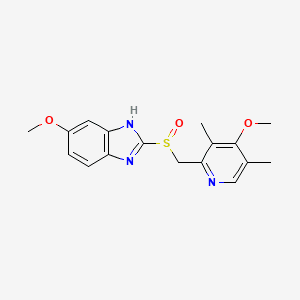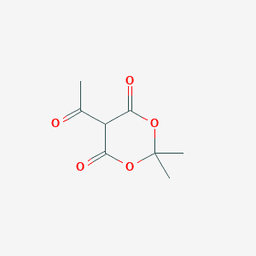

Omeprazole is a highly effective inhibitor of gastric acid secretion used in the therapy of stomach ulcers, dyspepsia, peptic ulcer disease, gastro-oesophageal reflux disease and Zollinger-Ellison syndrome. The drug inhibits the H(+)-K(+)-ATPase (H(+)-K(+)-exchanging ATPase) in the proton pump of gastric parietal cells. Omeprazole is one of the most widely prescribed drugs internationally and is available over the counter in some countries. We are the leading and trusted omeprazole API, pellets supplier worldwide with reliable lead times and global supply capability.



Omeprazole is a highly effective inhibitor of gastric acid secretion used in the therapy of stomach ulcers, dyspepsia, peptic ulcer disease, gastro-oesophageal reflux disease and Zollinger-Ellison syndrome. The drug inhibits the H(+)-K(+)-ATPase (H(+)-K(+)-exchanging ATPase) in the proton pump of gastric parietal cells. Omeprazole is one of the most widely prescribed drugs internationally and is available over the counter in some countries. We are the leading and trusted omeprazole API, pellets supplier worldwide with reliable lead times and global supply capability.

.3d8f8f41.svg)
Pharmaceutical
.3556d45a.svg)

Pharmaceutical Actives & Precursors


Active Pharmaceutical Ingredients (APIs)

Chemical Properties & Specifications
Omeprazole exhibits low acute toxicity. However, handling should be done with caution to avoid skin or eye contact and inhalation. Chronic Exposure: Long-term exposure to Omeprazole may lead to gastric problems, including hypomagnesemia, osteoporosis, and vitamin B12 deficiency when used in formulations.
Avoid inhalation of dust or vapor, which can cause respiratory irritation. Do not ingest in raw intermediate form, as it is not intended for direct pharmaceutical use without proper formulation.
Sensitive to light and moisture, so it should be stored in airtight containers and away from heat and light to maintain its stability. Degradation: Exposure to light, moisture, or inappropriate conditions may cause degradation into inactive or potentially harmful by-products.
Aquatic Toxicity. Proper disposal methods should be followed to prevent contamination of water sources.
Oral: Omeprazole is commonly administered in tablet and capsule forms, providing an easy and convenient way for patients to take the medication. Injectable: In severe cases, intravenous (IV) formulations of Omeprazole are available for rapid acid suppression in critical care settings.
Gastrointestinal Care: Omeprazole is used to treat gastroesophageal reflux disease (GERD), peptic ulcers, and Zollinger-Ellison syndrome, conditions involving excessive stomach acid production. Acid-related Disorders: It helps provide relief from heartburn and acid reflux, commonly associated with acid-related gastrointestinal conditions.
Ulcer Prevention: Omeprazole is prescribed as a prophylactic treatment to prevent gastric ulcers in patients taking NSAIDs or undergoing long-term steroid therapy, both of which increase the risk of ulcers.
Pediatric Applications: Special formulations of Omeprazole are available for pediatric use to treat acid-related disorders in children, ensuring safe and effective dosage for younger patients.
Store at 15–25°C (59–77°F).
Keep in a cool, dry place away from light, heat, and moisture.
Use airtight containers to prevent degradation.
Small-scale: 1 g, 5 g, and 10 g bottles for research purposes. Bulk-scale: 25 kg fiber drums for industrial use.

CAS No. : 72324-39-1
Category : Pharmaceutical Actives & Precursors
Sub-Category : Intermediates & Precursors